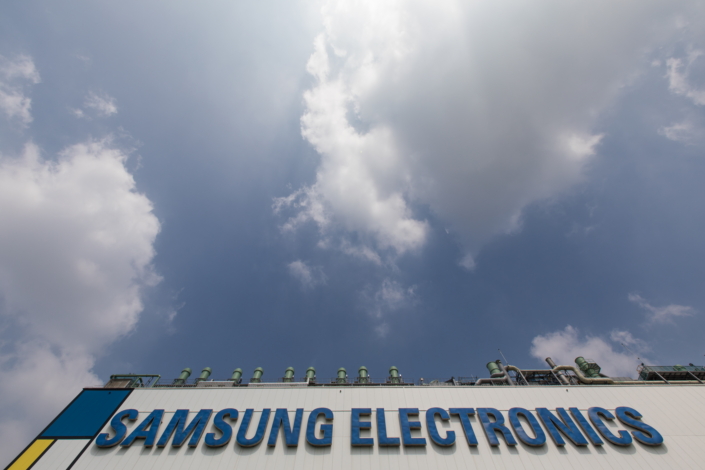The semiconductor industry is the cornerstone of South Korea's economy, and major players such as Samsung Electronics and SK hynix play an important role in the global supply chain. The country has historically been a leader in memory semiconductors, which are key components of various electronic devices. Due to the highly competitive semiconductor industry, countries such as the United States, Japan, China, and Taiwan are investing heavily in R&D to drive technological advancements. Although South Korea is leading the way in memory semiconductors, it is still under pressure from these competitors. However, South Korea's progress has been hampered by outdated regulations.
Currently, South Korean law restricts the working hours of employees, including those in the semiconductor industry. According to the data, employees in companies with one or more regular employees in South Korea work an average of 156.2 hours per month. This is much lower than the average monthly working hours of 180.3 hours for employees in Taiwan. This difference in working hours affects R&D competitiveness, as engineers from other countries can continue to work if necessary. In contrast, engineers in South Korea are legally restricted from staying in the office for longer than the stipulated hours.
The impact of these regulations on the R&D efficiency of Korean semiconductor companies is clear. Although Samsung Electronics set a record R&D investment of 8.87 trillion won in the third quarter of this year, the efficiency of these investments has been affected by working time constraints. Delays in technology development could weaken the competitiveness of products, jeopardizing South Korea's leading position in memory semiconductors.

Figure: South Korea's semiconductor industry faces labor reform challenges (Source: Samsung)
In addition, the global semiconductor market is undergoing significant changes. The boom cycle, fueled by global AI developments, is showing signs of cooling, with demand for memory chips peaking. This trend is reflected in the decline in semiconductor production and shipments in South Korea. In September 2024, South Korea's semiconductor production fell 3% year-on-year, the first decline in 14 months.
In addition to domestic challenges, South Korea's semiconductor industry faces geopolitical risks. Tensions on the Korean Peninsula could destabilize global supply chains, affecting the production and transportation of semiconductors. This could lead to a supply chain crisis and a shortage of memory chips, further impacting the industry. Japan's experience shows that in the face of a declining birthrate and aging population after the population peaks, the introduction of labor policies is conducive to the sustainable development of the semiconductor industry. At the same time as investment has fallen, Japan has responded to the challenges brought about by demographic changes in the structure of the manufacturing industry, with the proportion of transportation equipment, high-end machinery and equipment and chemical output expanding.
To address these challenges, experts in South Korea are calling for urgent labor market reforms to increase flexibility. Labor policies can help improve the resilience and security of industrial and supply chains. Through support policies, we can accelerate the breakthrough of basic support links, focus on enhancing the momentum of industrial development, and build a high-quality talent guarantee system to improve total factor productivity. Specifically, South Korean experts recommend removing the 52-hour working week limit for professionals and high-income managers to meet the industry's demand for flexible working hours. Such reforms are crucial for South Korea to maintain its competitive advantage in the semiconductor industry and to deal with strong competitors in artificial intelligence and other high-tech industries. Labor policy has played a key role in promoting the long-term development of the semiconductor industry, not only affecting technological innovation and talent training, but also involving the international competition pattern and the decentralized development of the global industrial chain.






